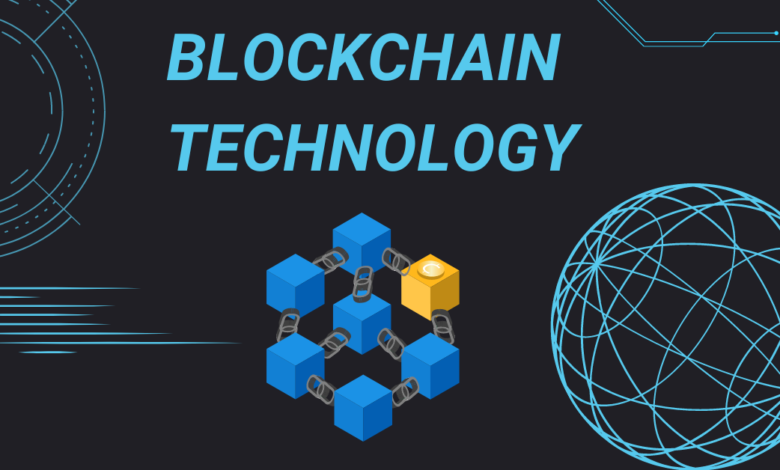Easy-to-understand explanation of blockchain technology | Understanding the potential for revolution | Written by Sumankan | April 2024

Blockchain technology is a distributed digital ledger that records transactions across a network of computers in a way that makes the system difficult to tamper with, hack, or commit fraud. Each block in the chain contains a number of transactions, and each time a new transaction occurs, a record of that transaction is added to the ledger of all participants. Decentralization and cryptographic hashing make blockchain an innovative and secure technology with wide applications.
Blockchain technology was first conceptualized by an individual or group under the pseudonym Satoshi Nakamoto in 2008 as the underlying technology for the first cryptocurrency, Bitcoin. The idea was to create a secure, transparent, and tamper-proof system for recording transactions without the need for a central authority. Since then, blockchain has evolved and found uses beyond cryptocurrencies, including finance, supply chain management, and healthcare.
- Transaction: A process begins with a transaction. A transaction can be anything of value, including money, goods, or property.
- Creating a block: When a transaction is started, it is grouped with other transactions to create a block. This block is sent to all nodes (computers) in the network.
- Verification: Nodes verify transactions within blocks through consensus mechanisms such as proof of work and proof of stake.
- Hash: Once verified, the block is timestamped and a cryptographic hash is generated. This hash is unique and serves as the block’s identifier.
- Adding to the chain: The block is then added to the blockchain and linked to the hash of the previous block. This chain of blocks creates a secure and immutable record of transactions.
- Decentralized: Unlike traditional ledgers or databases that are managed by a single entity (such as a bank or government), blockchain is distributed across multiple nodes, making it more resilient to attacks and failures.
- Transparency: Most blockchains are public, allowing anyone to view transactions on the network while protecting the privacy of those involved by using pseudonyms.
- Immutability: Once a transaction is recorded in a block and added to the chain, it is very difficult to change. This ensures the integrity of the transaction history.
- Security: Blockchain uses advanced encryption to protect your data, making it tamper-proof and secure against hacking attempts.
- Cryptocurrency: Blockchain is the basis of Bitcoin, Ethereum, and many other cryptocurrencies, enabling secure and transparent financial transactions.
- Smart Contracts: Enabled by blockchain, smart contracts automatically conclude contracts without the need for intermediaries when predefined conditions are met.
- Supply chain management: Blockchain provides a transparent and immutable record of the supply chain, enhancing traceability and reducing fraud.
- Voting systems: Some projects are considering blockchain for secure and transparent voting, which could reduce fraud and ensure the integrity of election processes.
- Healthcare: Patient records can be stored securely on blockchain, increasing the security of personal data and facilitating information sharing between authorized parties.
Despite its potential, blockchain technology faces several challenges, including scalability issues, high energy consumption (especially for proof-of-work), regulatory hurdles, and the need for widespread adoption. doing. Its innovative nature also raises questions regarding privacy, governance, and the legal framework surrounding digital transactions.
In conclusion, blockchain technology is a transformative digital innovation that has the potential to transform various industries by providing new levels of transparency, security, and efficiency. But its future depends on overcoming existing challenges and finding a balance between innovation and regulation.
Source link



